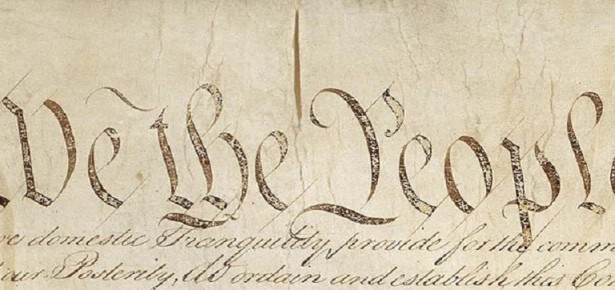Three Reasons Voter Impatience Continues as “Dems win from coast to coast”
What happened on Election Day 2016?
Democrats and some in the Media want you to believe that Democrats won seats “cost to coast” in a repudiation of President Trump. While Trump may well have not have increased his coalition in the past year and motivated opposition voters, there is a more basic and powerful explanation to what occurred.
Voter impatience during The Divided Era is continuing if not increasing.
Over the last 25 years, voters have gone back and forth between the major parties at the national level. The House and Senate have flipped 3 times each during that time. The House had been in Democrat control for 38 years before that. The Senate was dominated by the Democrats for years as well.
We also have had two presidential elections which split the country. Bush 43 and Trump won Electoral College majorities but lost the popular vote.
All of the above indicates the country is rather evenly divided even if Republicans have gained in state houses over the last 25 years.
So why are voters going back and forth between the parties?
First, big government cannot deliver on the promise of prosperity, education and safety for all. Nowhere in history has it done that. Instead, it becomes a cumbersome, taxing giant that stagnates the economy, which in turn results in a lack of jobs and flat wages. Voter frustration with it and those politicians that promote big government is a natural outgrowth of its predictable failures.
Second, the larger the government, the greater the divide. Big government means big power to hand out spoils. That puts a premium on party discipline and appeals to voting bases. Unable to appeal to all, the parties limit their activities to more partisan messages. That tends to place a premium on get out the vote efforts, which often rely on voter intensity, which in turn is dependent on pendulum swings between the party that won the last election and the out party now motivated to vote in greater numbers.
Finally, given the multiplicity of problems, the major parties engage in gridlock politics – unable to solve the problems.
In an age where TV and the Internet have nationalized all politics, those dynamics result in voters growing ever more impatient with politicians and their broken promises.
In 2016, the American voters turned to a complete outsider to solve the problems the major parties had not.
When Republicans failed to deliver on healthcare and tax reform by the time of the 2017 election, voters swung back toward the opposition party – like has occurred so many times in the nation’s history (in midterm elections since World War II, the President’s Party has lost – on average – 25 U.S. House seats and 4 U.S. Senate seats).
The opposite may well have been true if Republicans had passed tax and healthcare reform in February of 2017. They did not however and therefore paid the price exacted by voter impatience.
If Republicans deliver on tax and healthcare reform in the months ahead, their fortunes will rise again. If they do not, 2016 will have served as a warning ignored.
~~~
My 2011 warning to Republicans in the Washington Times: DEL BECCARO: GOP test: Move fast and lead or get run over
For a greater explanation of these dynamics, purchase The Divided Era today.







